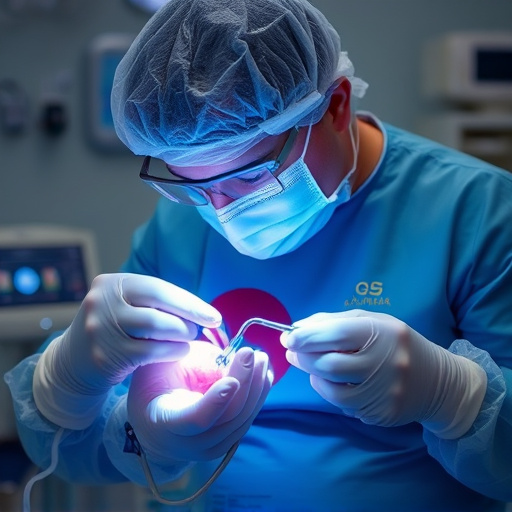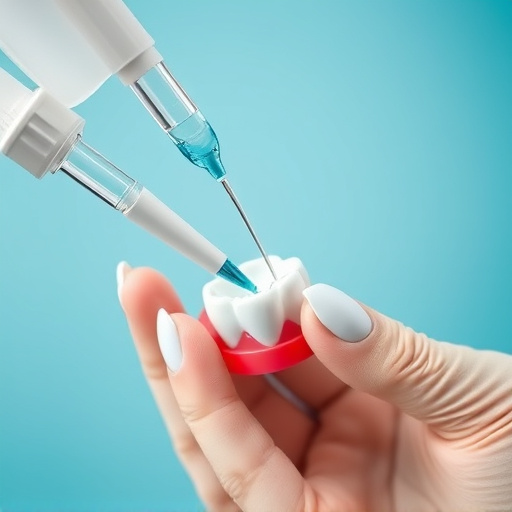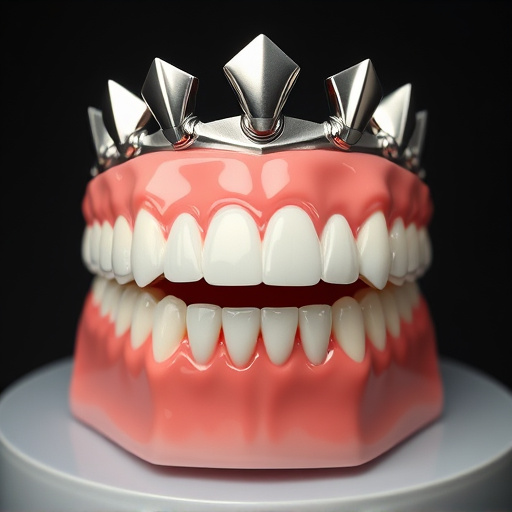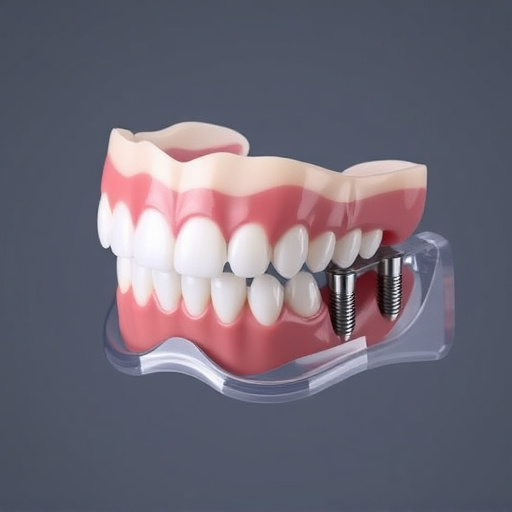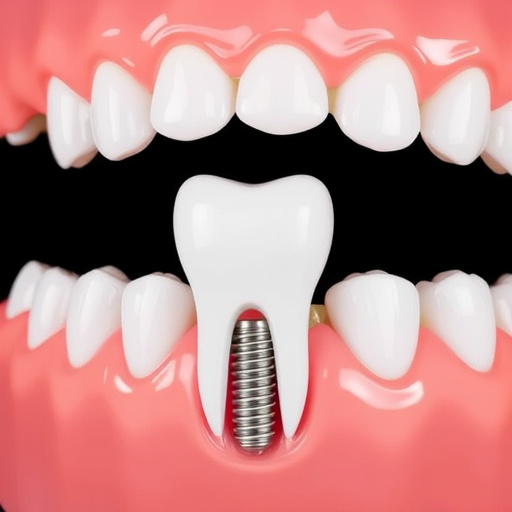Bone grafting treatment, a surgical procedure replacing missing bone tissue with biological material, is a game-changer in cosmetic dentistry. It addresses bone loss from trauma, disease, or extractions, promoting regeneration, healing, and solid foundations for dental implants. Highly effective after tooth extractions, it maintains facial contours, enhances oral health, and offers various techniques with success rates influenced by factors like required graft amount, patient health, and surgical technique. Regular oral exams monitor bone health, guiding tailored treatment plans from autologous, allogeneic, or xenogenic grafts to ensure long-term results with minimal complications.
Discover the power of bone grafting treatment for lasting results in oral health. This advanced procedure offers a proven solution for restoring dental structures, enhancing jawbone density, and providing a solid foundation for implants. Understanding the basics of bone grafting, exploring its benefits and success rates, and choosing the right procedure are key to achieving optimal outcomes. Learn how this innovative treatment can transform your smile and improve overall oral health.
- Understanding Bone Grafting Treatment: The Basics
- Benefits and Success Rates of Proven Techniques
- Choosing the Right Bone Grafting Procedure for Optimal Results
Understanding Bone Grafting Treatment: The Basics
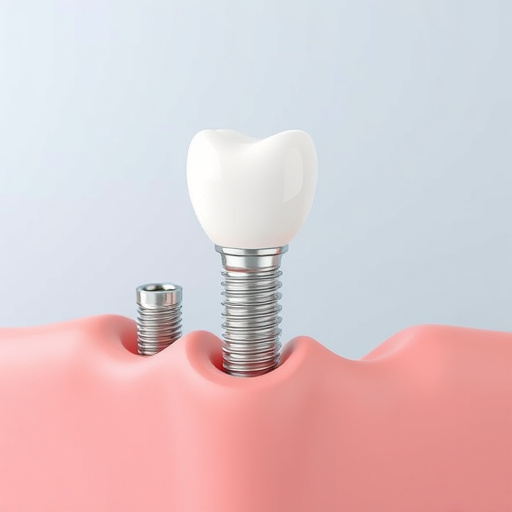
Bone grafting treatment is a surgical procedure designed to replace missing bone tissue with a biological material, often taken from another part of the patient’s own body or a donor source. This process is crucial in various dental and oral surgeries where bone loss has occurred due to trauma, disease, or extraction. By grafting new bone into the affected area, this treatment aims to restore structural integrity, promote healing, and create a solid foundation for dental implants or other restorative procedures.
The procedure begins with a detailed assessment by a dental professional to determine the extent of bone loss and identify suitable grafting material. This might include techniques like sinus augmentation (to raise the upper jaw) or ridge expansion (enlarging the width of the jawbone). Unlike teeth cleaning or clear aligners, which focus on preventing and correcting misalignment, bone grafting treatment is a specialized procedure targeting bone regeneration. It’s a game-changer in cosmetic dentistry, enabling patients to achieve natural-looking results and improved oral health.
Benefits and Success Rates of Proven Techniques
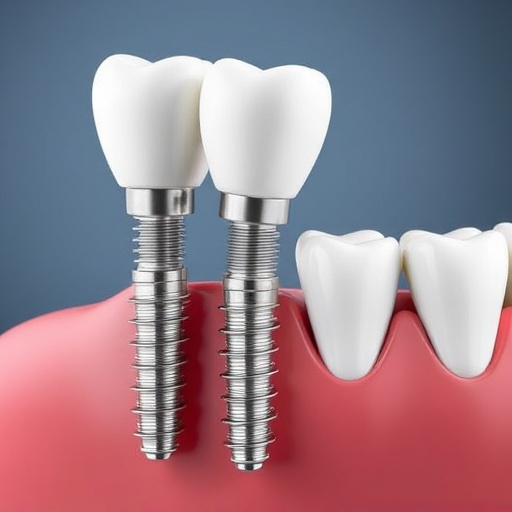
The success rates of bone grafting treatment are a testament to its proven effectiveness in various dental procedures. Restorative dentistry often relies on this technique to address issues related to tooth extractions, ensuring successful outcomes for dental implants. By promoting bone regeneration, bone grafting not only enhances the structural integrity of the jaw but also plays a crucial role in maintaining facial contours and overall oral health.
Proven techniques have demonstrated remarkable benefits, including improved healing times, reduced risk of complications, and enhanced long-term stability for dental restorations. Success rates vary depending on factors such as the amount of bone graft required, patient health, and surgical technique. However, with advanced methodologies and careful planning, these treatments offer a reliable path to restoring oral function and aesthetics.
Choosing the Right Bone Grafting Procedure for Optimal Results
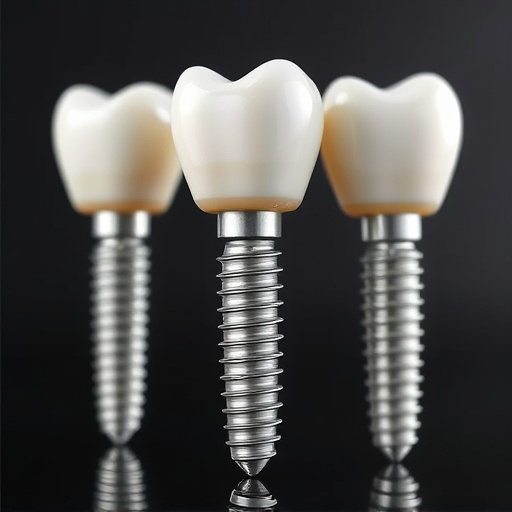
Choosing the right bone grafting procedure is essential for achieving optimal results. This decision involves several factors, including the specific dental need and the patient’s overall health. For instance, a bone graft might be required after wisdom tooth removal to maintain jawbone volume, or it could be used to prepare the mouth for clear aligners in cases of bone loss due to gum disease.
Professionals consider various procedures such as autologous bone grafting (using bone from another part of the patient’s body), allogeneic bone grafting (using donated bone), and xenogenic bone grafting (using bone from an animal source) to cater to different scenarios. The choice depends on factors like the amount of bone required, the location of the graft, and the patient’s healing capacity. Regular oral exams play a crucial role in monitoring bone health and guiding treatment plans, ensuring long-lasting results with minimal complications.
Bone grafting treatment has proven itself as a reliable method for achieving long-lasting results in various dental and orthopedic procedures. By understanding the basics, recognizing the benefits, and selecting the right technique, patients can expect optimal outcomes. With continued advancements in the field, bone grafting continues to revolutionize healthcare, offering lasting solutions for improved bone health and structural integrity.








